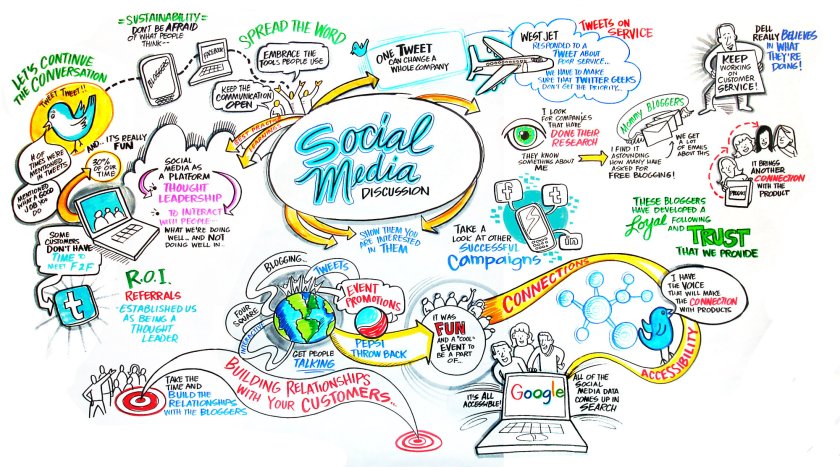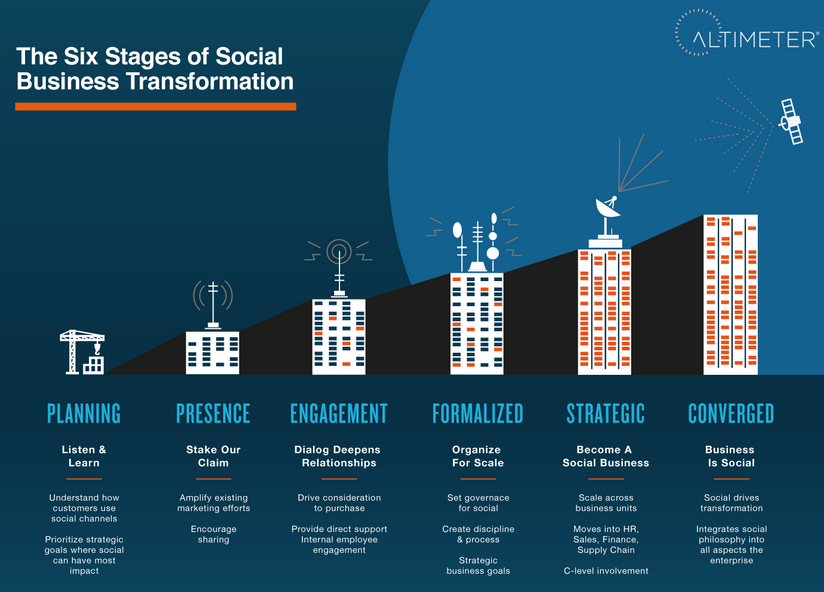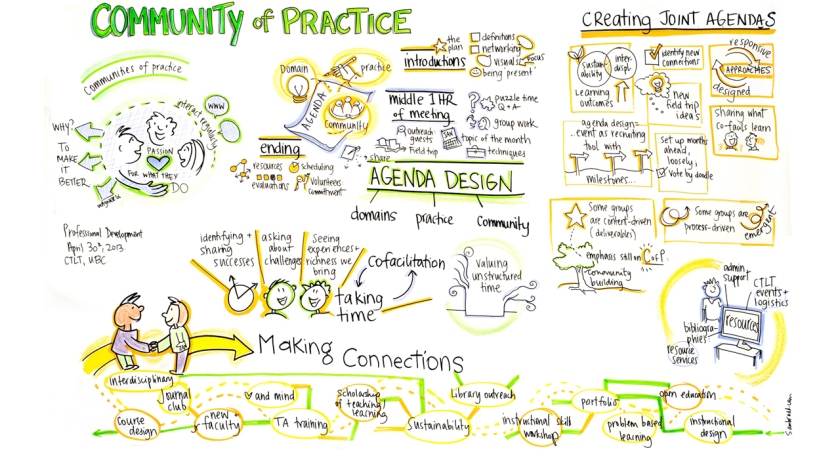
Let’s talk, evolve and make some money
Web 2.0 is really doing some revolutionary things and I say this taking into consideration how it allows every individual involved in a business, be it executives, stakeholders, workers and consumers to engage with one another through social software. Never before, as far as I know, could a consumer chat directly to a business on a regular basis or voice their opinions about a product that helps businesses to make lucrative changes. Web 2.0 has certainly forged the way for businesses to move beyond simply listening and analysing their target markets to now connecting with their target market in a way that ultimately benefits their objectives, generates a return on investment and encourages a coming together of sorts.
Social Media Strategy = Using technology to purposefully reinforce a business’ dealings.
Understanding the pressure society innately places on businesses to implement social media into their practices and how social media platforms can actually work to benefit a business’ equity, businesses should apply a strategic approach to their social engagement so that they not only achieve their profit seeking goals and triumph over their competitors but also connect with their audience in a more relevant way. Embracing platforms like Instagram, Twitter, Facebook, YouTube and LinkedIn to connect internally and externally, businesses are able to function in a unique manner that challenges the status quo.
When using social media theorist Larry Weber said that businesses should have a clear and strategic process that is “both linear and iterative. It starts with setting strategic goals for social engagement programs and continues sequentially through design, activation, and sustainment, followed by measurement and analytics.” In doing this a business can also avoid wasting time and public relation disasters.
Weber went on to say that one of the core notions (one that I genuinely love) a business should think about re social engagement is that “the spirit of establishing this group* is not to control social engagement. Rather, the goals are to foster collaboration, to share knowledge across functions, and to reduce enterprise’ processing and reacting times to enhance community engagement and strategy formulation and execution.” So as important as it is for businesses to rule their social engagement, making sure they’re not being portrayed inappropriately to the public, they also need to understand that social engagement is much bigger than their self-serving ideas. It is about using technology to eradicate information silos, embrace culture, and to be open, transparent, collaborative and innovative.
Social Business Strategy
According to analysts Carlene Li and Brian Solis, social business strategy is “the integration of social technologies and processes into business values, processes, and practices to build relationship and spark conversations inside and outside the organization, creating value and optimizing impact for customers and the business alike.” Ok, so in my mind a social business strategy is therefore an approach businesses use to incorporate social channels into their workflow so they can make stronger connections within their organisation and the outside world, including enhancing their social orientation.
The two strategies, social media and social business, are somewhat different. I’ve come to understand that the social media strategy focuses on the technology involved in a business’ strategy to become a social business. Solis explained that a social business strategy often gets confused with a social media strategy, yet they are rather two distinct approaches. He said the word “social” is merely a common attribute found in both strategies, “social is an adjective that describes the nature of channels, networks, or platforms that facilitate conversations online. When placed ahead of business, social articulates a philosophy or approach. In this case, “social business” is a philosophy; a way of business where social technologies supported by new approaches facilitate a more open, engaged, collaborative foundation for how we work.”
So…
- Social media strategy = Technologically advanced platforms
- Social business strategy = Philosophy
- Together = Technologically advanced platforms are used to sustain philosophy

Awesome!
Elements of a Social Business Strategy
As discussed by Li and Silos, below are the six elements business’ need to exercise in order to grow socially.
- Planning: Prepare themselves to listen and learn
- Presence: Stake their claims and establish their aura within chosen social channels
- Engagement: Understand that their conversations internally and externally via technology will deepen their relationships
- Formalised: Organize their conversations to scale so that they have a coherent voice across platforms
- Strategic: Become a social business by integrating technologies into their practices
- Converged: Consider and appreciate their business as a social entity

In layman terms I would say this is how a business can get their social media and social business strategies rolling…they need to:
- Consider their core goals
- Design measurable objectives
- Identify their target market
- Acknowledge their competition and what social engagement tactics they are using
- Create effective key messages
- Select suitable social channels, ones that would best reach their identified target market
- Train their employees so that they are able to use social media safely
- Monitor social engagement
- Use social metrics to evaluate their online activity


The Success Factors of a Social Business Strategy
There are also seven success factors, according to Li and Silos (clever souls) that increases a business’ potential value when implemented and continued throughout the development stages of their social business strategy.

*Those that support and carry out the social engagement process.
References:
Brian Solis. (2014). Q&A: The 7 Success Factors Of Social Business Strategy. Retrieved from http://www.briansolis.com/2014/05/qa-seven-success-factors-social-business-strategy/
Entrepreneur. (2016). How to Build a Social-Media Strategy That Works. Retrieved from https://www.entrepreneur.com/article/246085
Weber, L. (2011). Building enterprise-wide engagement capability in Everywhere: Comprehensive digital business strategy for the social media era (pp. 59-86). Hoboken, NJ, John Wiley & Sons, Inc.

